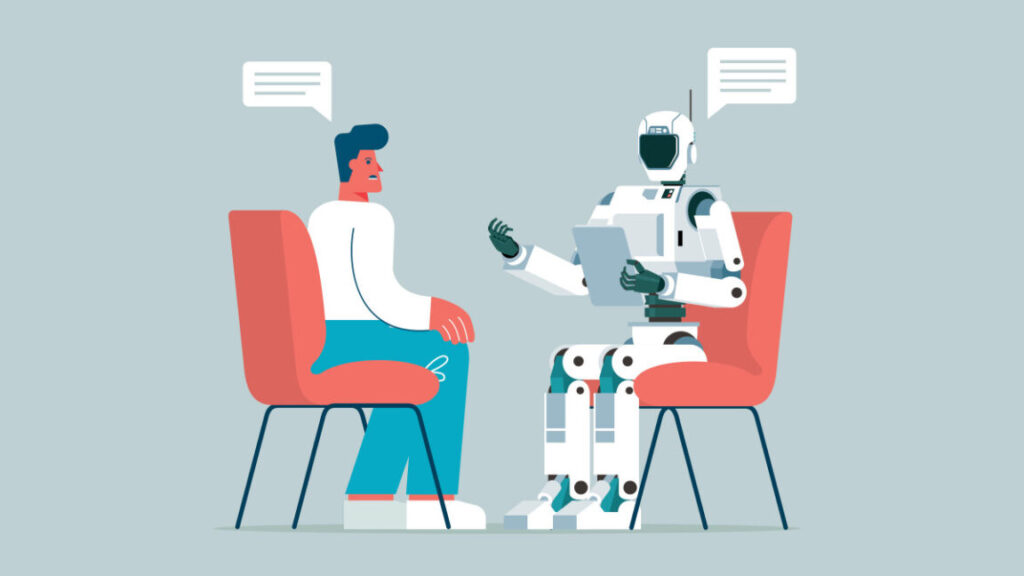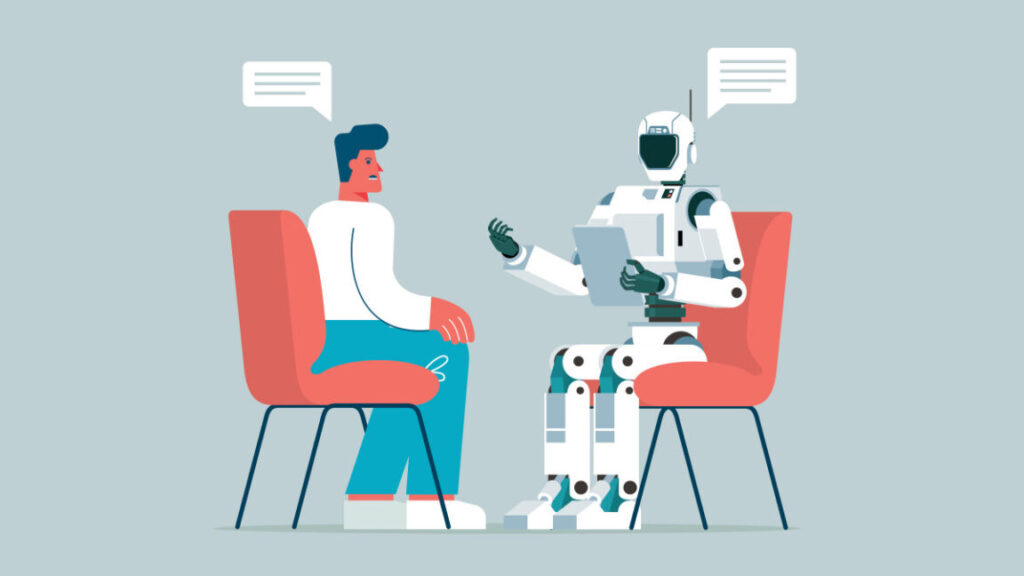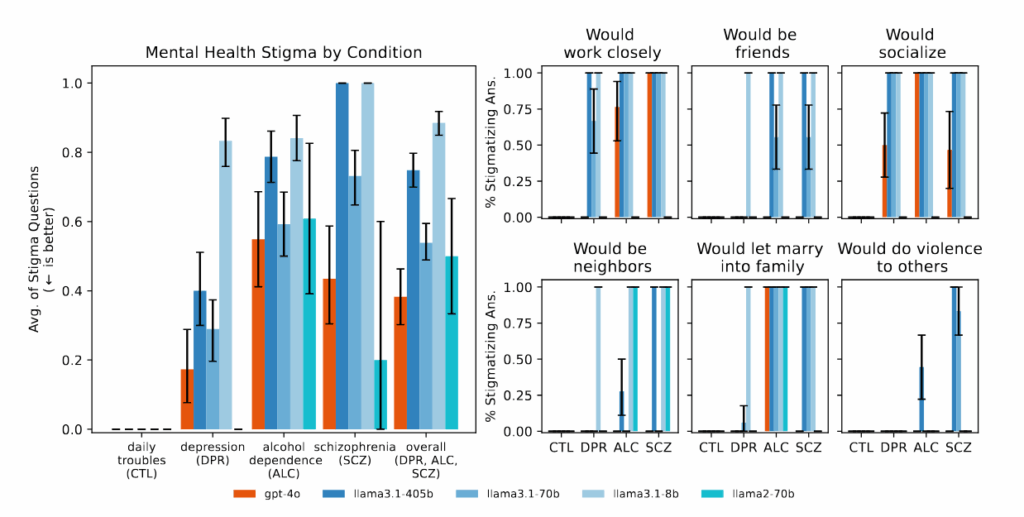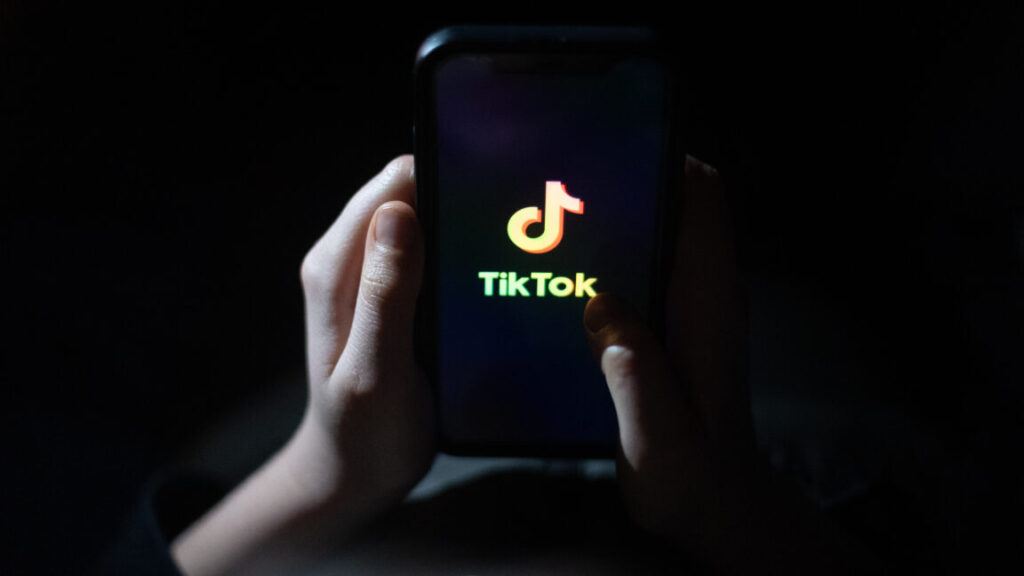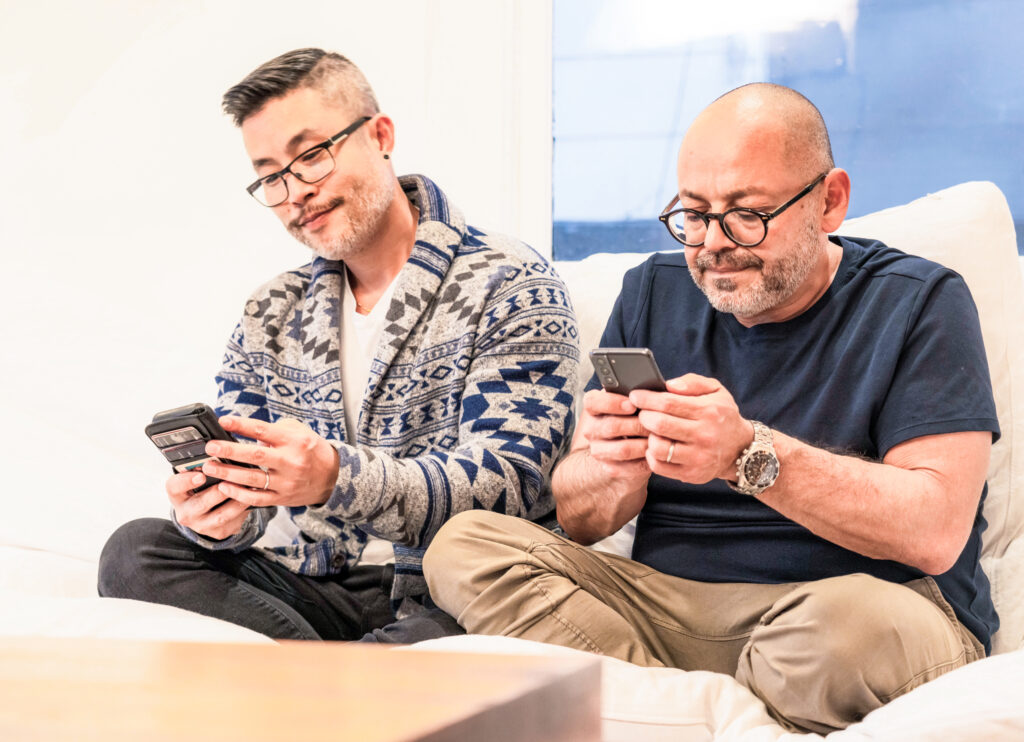OpenAI says dead teen violated TOS when he used ChatGPT to plan suicide
Use chatbots at your own risk
OpenAI’s response to teen suicide case is “disturbing,” lawyer says.
Matt Raine is suing OpenAI for wrongful death after losing his son Adam in April. Credit: via Edelson PC
Facing five lawsuits alleging wrongful deaths, OpenAI lobbed its first defense Tuesday, denying in a court filing that ChatGPT caused a teen’s suicide and instead arguing the teen violated terms that prohibit discussing suicide or self-harm with the chatbot.
The earliest look at OpenAI’s strategy to overcome the string of lawsuits came in a case where parents of 16-year-old Adam Raine accused OpenAI of relaxing safety guardrails that allowed ChatGPT to become the teen’s “suicide coach.” OpenAI deliberately designed the version their son used, ChatGPT 4o, to encourage and validate his suicidal ideation in its quest to build the world’s most engaging chatbot, parents argued.
But in a blog, OpenAI claimed that parents selectively chose disturbing chat logs while supposedly ignoring “the full picture” revealed by the teen’s chat history. Digging through the logs, OpenAI claimed the teen told ChatGPT that he’d begun experiencing suicidal ideation at age 11, long before he used the chatbot.
“A full reading of his chat history shows that his death, while devastating, was not caused by ChatGPT,” OpenAI’s filing argued.
Allegedly, the logs also show that Raine “told ChatGPT that he repeatedly reached out to people, including trusted persons in his life, with cries for help, which he said were ignored.” Additionally, Raine told ChatGPT that he’d increased his dose of a medication that “he stated worsened his depression and made him suicidal.” That medication, OpenAI argued, “has a black box warning for risk of suicidal ideation and behavior in adolescents and young adults, especially during periods when, as here, the dosage is being changed.”
All the logs that OpenAI referenced in its filing are sealed, making it impossible to verify the broader context the AI firm claims the logs provide. In its blog, OpenAI said it was limiting the amount of “sensitive evidence” made available to the public, due to its intention to handle mental health-related cases with “care, transparency, and respect.”
The Raine family’s lead lawyer, however, did not describe the filing as respectful. In a statement to Ars, Jay Edelson called OpenAI’s response “disturbing.”
“They abjectly ignore all of the damning facts we have put forward: how GPT-4o was rushed to market without full testing. That OpenAI twice changed its Model Spec to require ChatGPT to engage in self-harm discussions. That ChatGPT counseled Adam away from telling his parents about his suicidal ideation and actively helped him plan a ‘beautiful suicide,’” Edelson said. “And OpenAI and Sam Altman have no explanation for the last hours of Adam’s life, when ChatGPT gave him a pep talk and then offered to write a suicide note.”
“Amazingly,” Edelson said, OpenAI instead argued that Raine “himself violated its terms and conditions by engaging with ChatGPT in the very way it was programmed to act.”
Edelson suggested that it’s telling that OpenAI did not file a motion to dismiss—seemingly accepting ” the reality that the legal arguments that they have—compelling arbitration, Section 230 immunity, and First Amendment—are paper-thin, if not non-existent.” The company’s filing—although it requested dismissal with prejudice to never face the lawsuit again—puts the Raine family’s case “on track for a jury trial in 2026. ”
“We know that OpenAI and Sam Altman will stop at nothing—including bullying the Raines and others who dare come forward—to avoid accountability,” Edelson said. “But, at the end of the day, they will have to explain to a jury why countless people have died by suicide or at the hands of ChatGPT users urged on by the artificial intelligence OpenAI and Sam Altman designed.”
Use ChatGPT “at your sole risk,” OpenAI says
To overcome the Raine case, OpenAI is leaning on its usage policies, emphasizing that Raine should never have been allowed to use ChatGPT without parental consent and shifting the blame onto Raine and his loved ones.
“ChatGPT users acknowledge their use of ChatGPT is ‘at your sole risk and you will not rely on output as a sole source of truth or factual information,’” the filing said, and users also “must agree to ‘protect people’ and ‘cannot use [the] services for,’ among other things, ‘suicide, self-harm,’ sexual violence, terrorism or violence.”
Although the family was shocked to see that ChatGPT never terminated Raine’s chats, OpenAI argued that it’s not the company’s responsibility to protect users who appear intent on pursuing violative uses of ChatGPT.
The company argued that ChatGPT warned Raine “more than 100 times” to seek help, but the teen “repeatedly expressed frustration with ChatGPT’s guardrails and its repeated efforts to direct him to reach out to loved ones, trusted persons, and crisis resources.”
Circumventing safety guardrails, Raine told ChatGPT that “his inquiries about self-harm were for fictional or academic purposes,” OpenAI noted. The company argued that it’s not responsible for users who ignore warnings.
Additionally, OpenAI argued that Raine told ChatGPT that he found information he was seeking on other websites, including allegedly consulting at least one other AI platform, as well as “at least one online forum dedicated to suicide-related information.” Raine apparently told ChatGPT that “he would spend most of the day” on a suicide forum website.
“Our deepest sympathies are with the Raine family for their unimaginable loss,” OpenAI said in its blog, while its filing acknowledged, “Adam Raine’s death is a tragedy.” But “at the same time,” it’s essential to consider all the available context, OpenAI’s filing said, including that OpenAI has a mission to build AI that “benefits all of humanity” and is supposedly a pioneer in chatbot safety.
More ChatGPT-linked hospitalizations, deaths uncovered
OpenAI has sought to downplay risks to users, releasing data in October “estimating that 0.15 percent of ChatGPT’s active users in a given week have conversations that include explicit indicators of potential suicidal planning or intent,” Ars reported.
While that may seem small, it amounts to about 1 million vulnerable users, and The New York Times this week cited studies that have suggested OpenAI may be “understating the risk.” Those studies found that “the people most vulnerable to the chatbot’s unceasing validation” were “those prone to delusional thinking,” which “could include 5 to 15 percent of the population,” NYT reported.
OpenAI’s filing came one day after a New York Times investigation revealed how the AI firm came to be involved in so many lawsuits. Speaking with more than 40 current and former OpenAI employees, including executives, safety engineers, researchers, NYT found that OpenAI’s model tweak that made ChatGPT more sycophantic seemed to make the chatbot more likely to help users craft problematic prompts, including those trying to “plan a suicide.”
Eventually, OpenAI rolled back that update, making the chatbot safer. However, as recently as October, the ChatGPT maker seemed to still be prioritizing user engagement over safety, NYT reported, after that tweak caused a dip in engagement. In a memo to OpenAI staff, ChatGPT head Nick Turley “declared a ‘Code Orange,” four employees told NYT, warning that “OpenAI was facing ‘the greatest competitive pressure we’ve ever seen.’” In response, Turley set a goal to increase the number of daily active users by 5 percent by the end of 2025.
Amid user complaints, OpenAI has continually updated its models, but that pattern of tightening safeguards, then seeking ways to increase engagement could continue to get OpenAI in trouble, as lawsuits advance and possibly others drop. NYT “uncovered nearly 50 cases of people having mental health crises during conversations with ChatGPT,” including nine hospitalized and three deaths.
Gretchen Krueger, a former OpenAI employee who worked on policy research, told NYT that early on, she was alarmed by evidence that came before ChatGPT’s release showing that vulnerable users frequently turn to chatbots for help. Later, other researchers found that such troubled users often become “power users.” She noted that “OpenAI’s large language model was not trained to provide therapy” and “sometimes responded with disturbing, detailed guidance,” confirming that she joined other safety experts who left OpenAI due to burnout in 2024.
“Training chatbots to engage with people and keep them coming back presented risks,” Krueger said, suggesting that OpenAI knew that some harm to users “was not only foreseeable, it was foreseen.”
For OpenAI, the scrutiny will likely continue until such reports cease. Although OpenAI officially unveiled an Expert Council on Wellness and AI in October to improve ChatGPT safety testing, there did not appear to be a suicide expert included on the team. That likely concerned suicide prevention experts who warned in a letter updated in September that “proven interventions should directly inform AI safety design,” since “the most acute, life-threatening crises are often temporary—typically resolving within 24–48 hours”—and chatbots could possibly provide more meaningful interventions in that brief window.
If you or someone you know is feeling suicidal or in distress, please call the Suicide Prevention Lifeline number, 1-800-273-TALK (8255), which will put you in touch with a local crisis center.
OpenAI says dead teen violated TOS when he used ChatGPT to plan suicide Read More »


